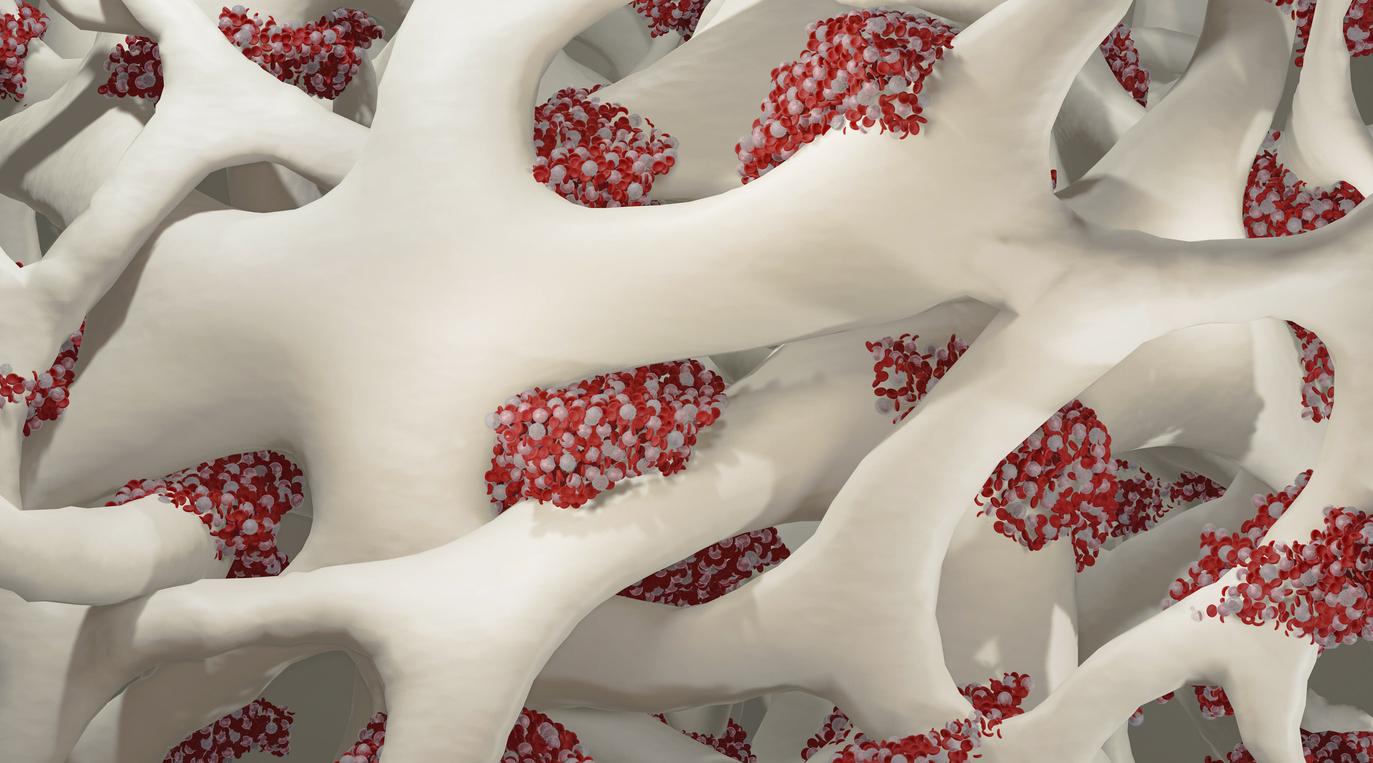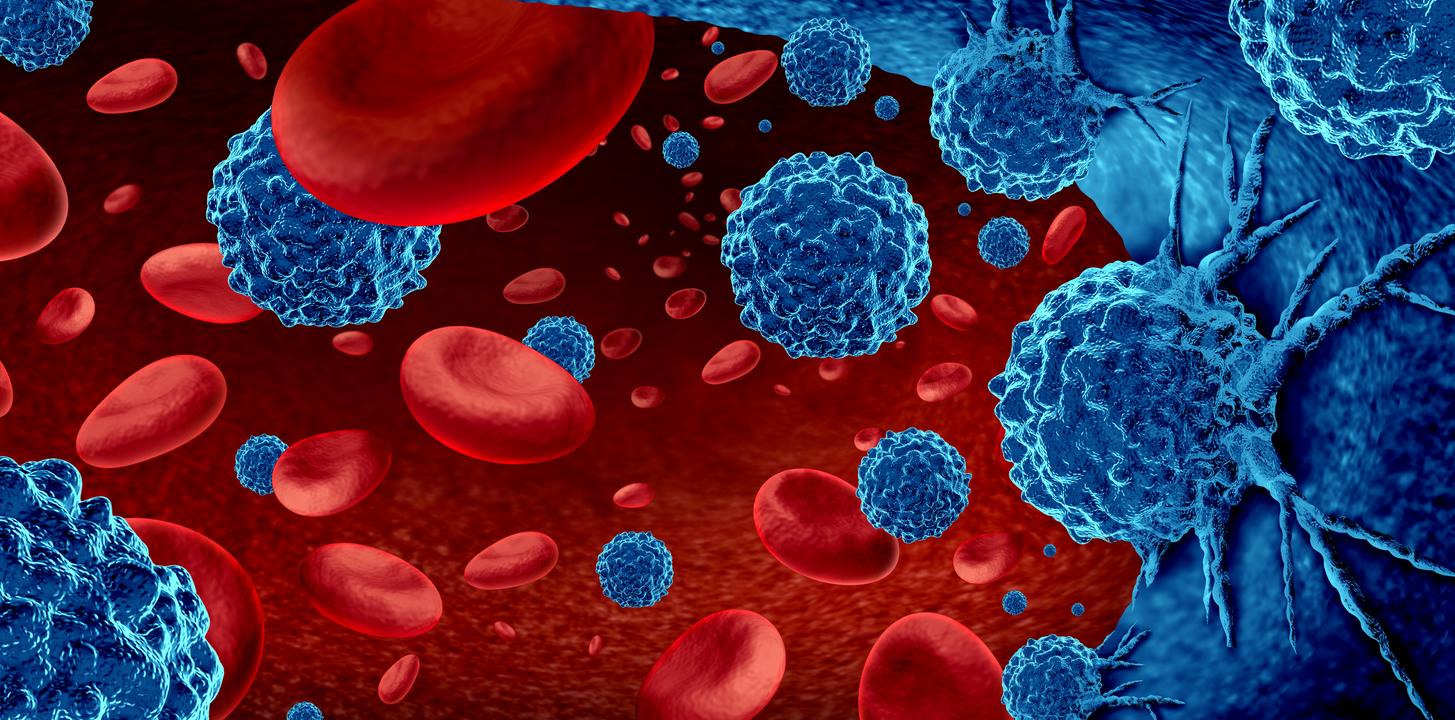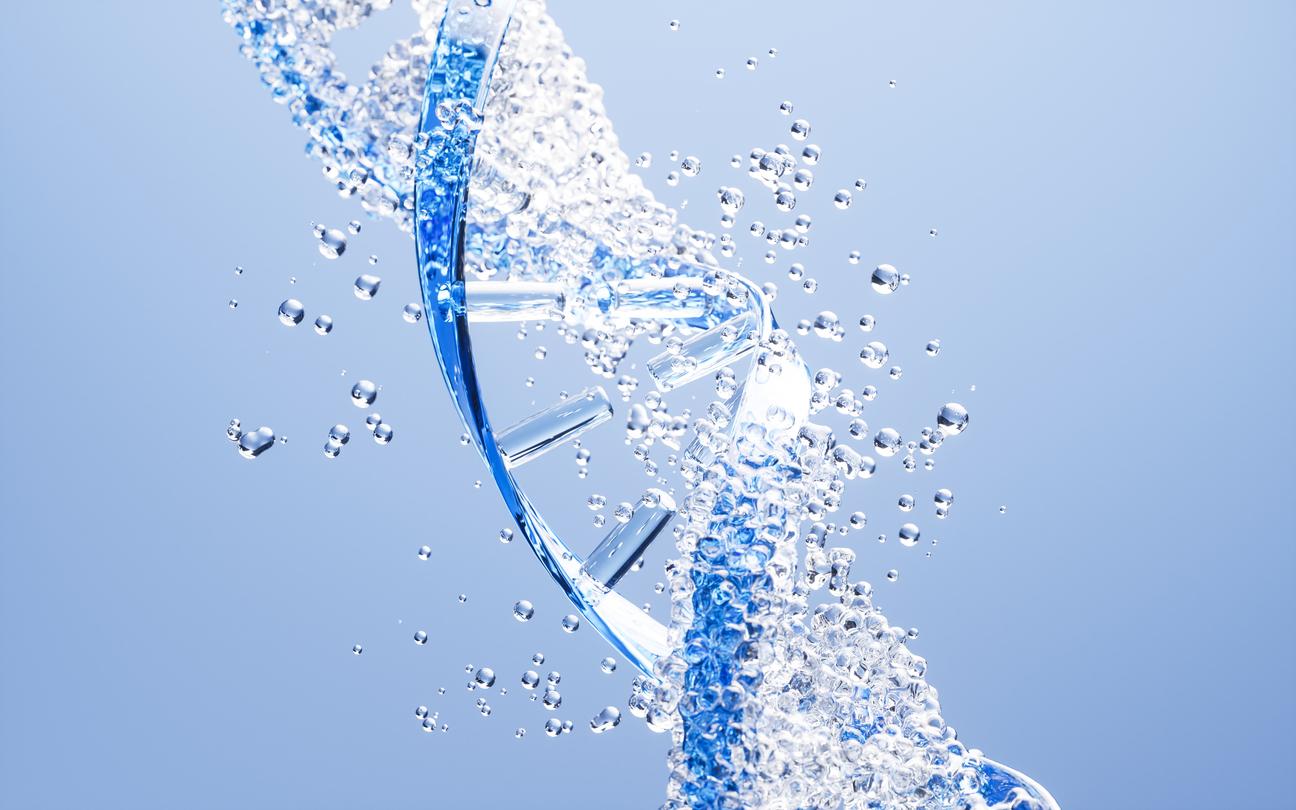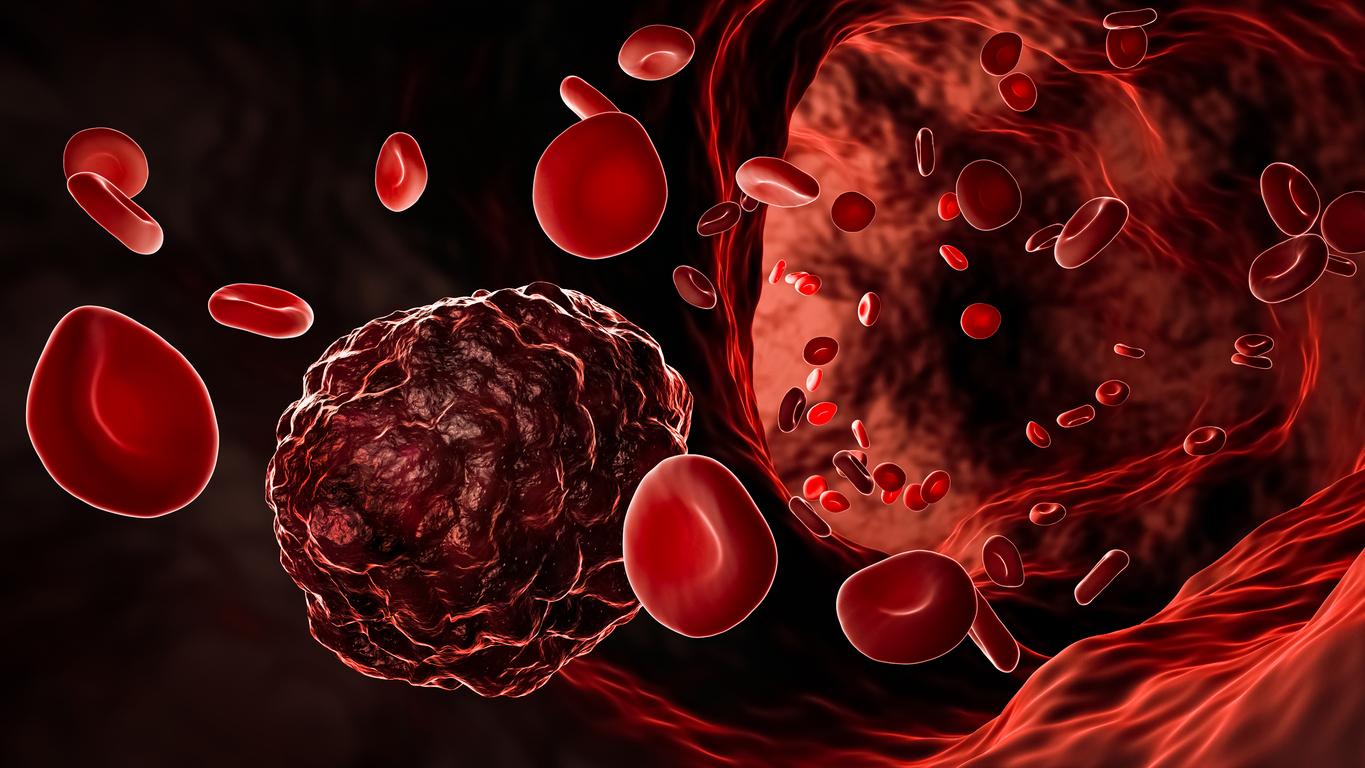Researchers from the University of Texas MD Anderson Cancer Center show that combining immunotherapy and chemotherapy can reduce mortality in the treatment of acute myeloid leukemia.

Acute myeloid leukemia is the most common blood cancer in adults. It first appears in the bone marrow and then develops in the blood. It can sometimes reach other organs such as the lymphatic system, the spleen or the brain. Researchers from University of Texas MD Anderson Cancer Center tested the effectiveness of a combination of treatments to treat patients: combining immunotherapy and chemotherapy would yield good results.
A treatment response rate of 33%
In this study, the scientists followed 70 patients who had already received an average of two treatments for their disease. They combined chemotherapy and anti-PD-1 immunotherapy. The overall treatment response rate is 33% and 22% of patients are in complete remission. It is 52% for patients who had not previously received hypomethylating agents.
The survival rate of patients during the first trial is 10.6 months, which corresponds to twice the survival rate observed in patients treated with chemotherapy alone. The treatment was difficult for some to bear: 11% of patients experienced strong side effects.
Predict treatment efficacy using biomarkers
To ensure that the treatment was more effective, the researchers took bone marrow samples at the start of the trial. They found that a high presence of CD3 or CD8 cells was associated with better treatment efficacy. CD3 cells were particularly responsive to the drug combination.
“This could be a biomarker to use in choosing patients who may benefit from this combination of treatment”, explains Naval Daver, the research director. The third phase of the trial is to be launched soon.
Advertising
Click here to find out more
.















